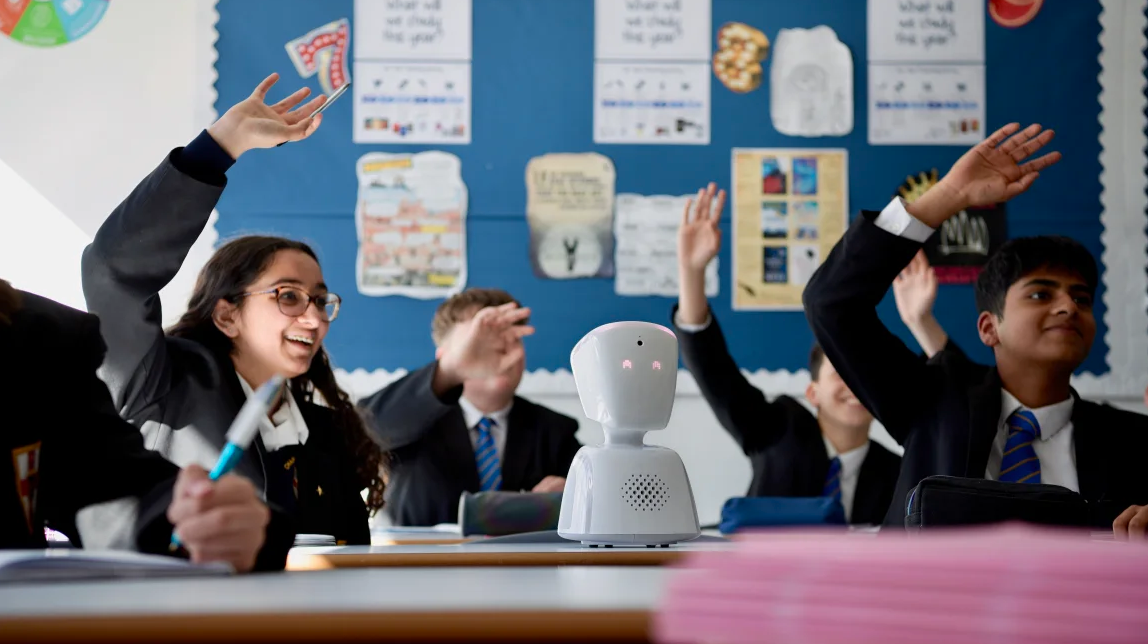
AV1 robot used in a classroom in the UK
Robot avatar
The AV1 robot looks like a simplified version of a human head and torso, a sort of avatar robot. It can rotate 360 degrees and is equipped with a camera, microphone and speaker. Teachers simply place the robot on a desk in the classroom and the child controls it remotely via an app.
"Students can use their fingers to tap or swipe left and right on the screen to observe different angles of the classroom," CNN quoted Florence Salisbury, marketing director of No Isolation.
Children can talk to teachers or classmates through a speaker, and the app has a “raise your hand” option via a flashing light on the robot’s head. Children can also choose from emojis that appear on the robot’s eyes.
AV1 is designed with privacy features in mind. The robot does not collect personal data, and the app does not allow recording or screen capture. Encryption is applied to each live stream, and each device only accepts one connected person at a time.
Director Salisbury estimates there are currently around 3,000 robots activated in 17 countries, mostly in the UK and Germany, with each country having more than 1,000 robots in operation.
In the UK, schools can rent an AV1 robot for around £150 a month, or choose to buy it outright for £3,700, plus a service package of £780 a year.
Perhaps the biggest benefit the AV1 robot can bring, according to Ms. Salisbury, is maintaining social connections. She recounted the story of a 15-year-old student in Warwickshire (UK) using AV1 to go to lunch with friends, helping students feel like they are still part of their friends and school.
“During a prolonged absence, when classmates are unable to see that friend, the connection to school can be a lifeline for students using robots, especially those with serious illnesses,” Salisbury explains.
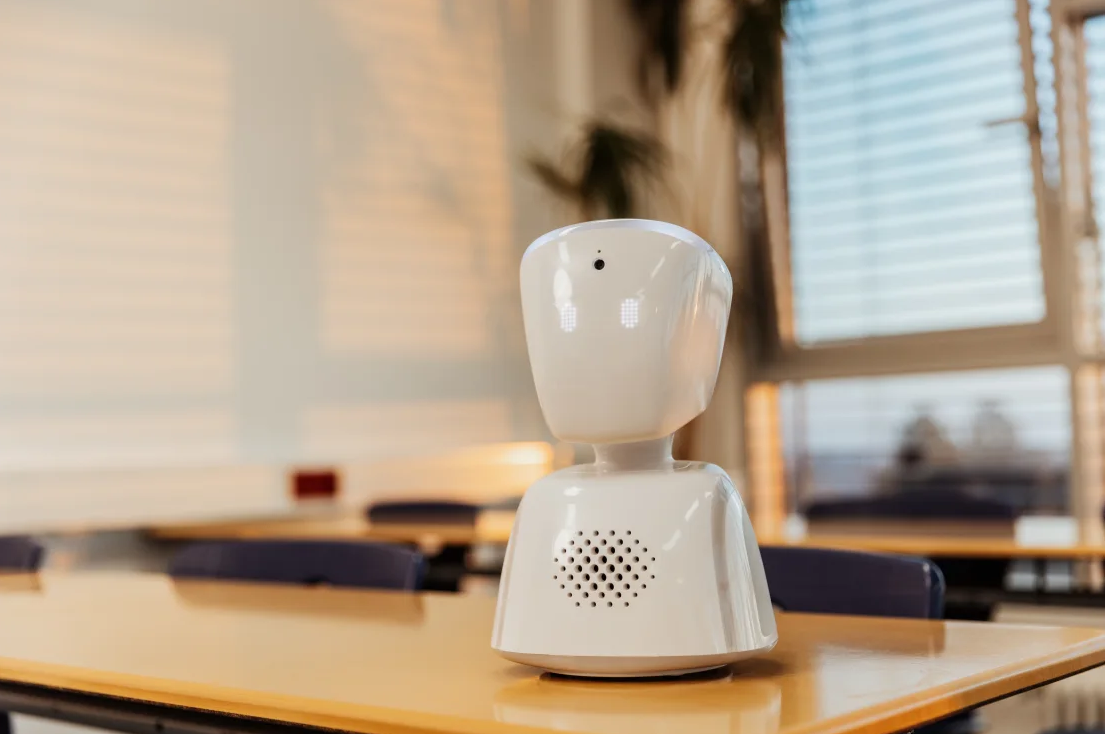
The AV1 robot has a simple appearance.
Demonstrate the importance of every child
According to the latest statistics conducted by the UK government and published on explore-education-statistics.service.gov.uk , more than 19% of pupils in the country were regularly absent in the autumn of the 2023-2024 academic year, with 7.8% due to illness.
AV1 was introduced before the Covid-19 pandemic hit. Now, some schools continue to use the robot to help students who have difficulty reintegrating into the school environment.
Chartwell Cancer Fund (UK) owns 25 AV1 robots to provide for children with serious illnesses. Fund founder Michael Douglas said that with this robot, children can continue to go to class even when being treated in the intensive care unit.
“The robot is loved by parents and is making a difference,” he said, adding that “the robot gives the feeling that the child it represents is special.”
However, there are still some administrative challenges that hinder the introduction of robots into schools, such as some schools being unable to maintain the technical infrastructure needed for robots to operate, due to patchy Wi-Fi signals or weak mobile phone signals.
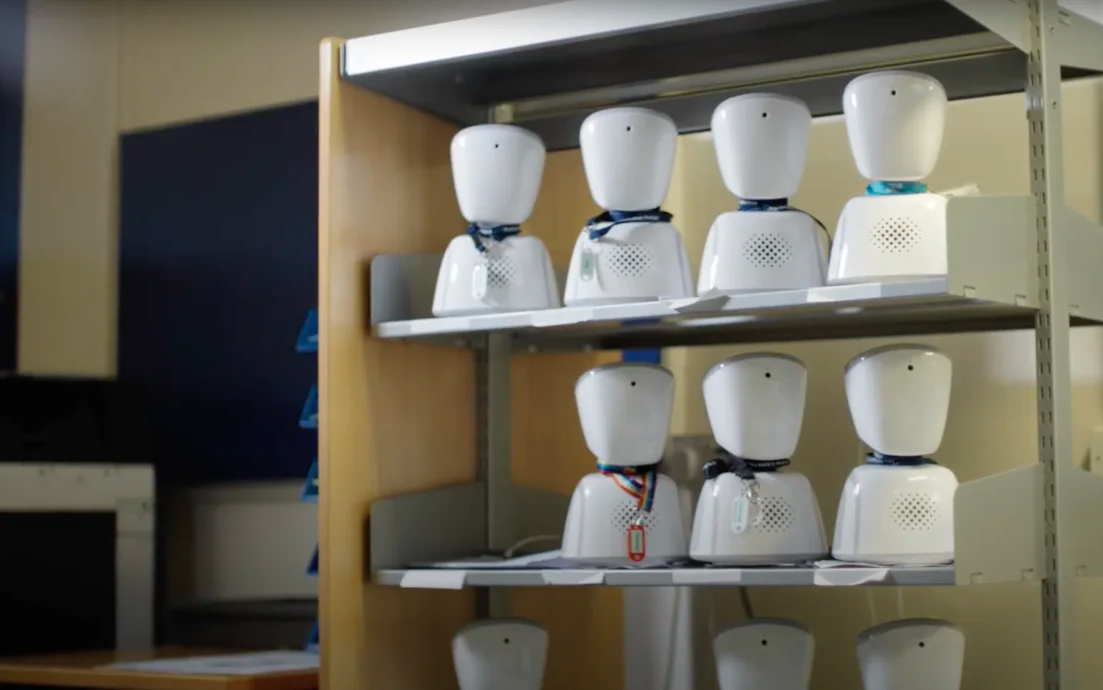
There are about 3,000 AV1 robots activated in 17 countries around the world.
In June, a peer-reviewed research paper published in the journal Frontiers in Digital Health presented findings related to the use of the AV1 robot in Germany and another avatar robot, the OriHime from Japan.
The findings suggest that technologies like AV1 offer opportunities for children to stay socially connected and learn. However, the report notes that equitable access to the technology must be ensured, and that training courses should be provided for teachers to understand the technical and social aspects of robots.
Last August, No Isolation launched the AV1 Academy, a library of training materials and resources needed to improve robotics adoption.
Source: https://thanhnien.vn/robot-thay-benh-nhi-den-truong-185241009094533061.htm





![[Photo] Visiting Cu Chi Tunnels - a heroic underground feat](https://vstatic.vietnam.vn/vietnam/resource/IMAGE/2025/4/8/06cb489403514b878768dd7262daba0b)


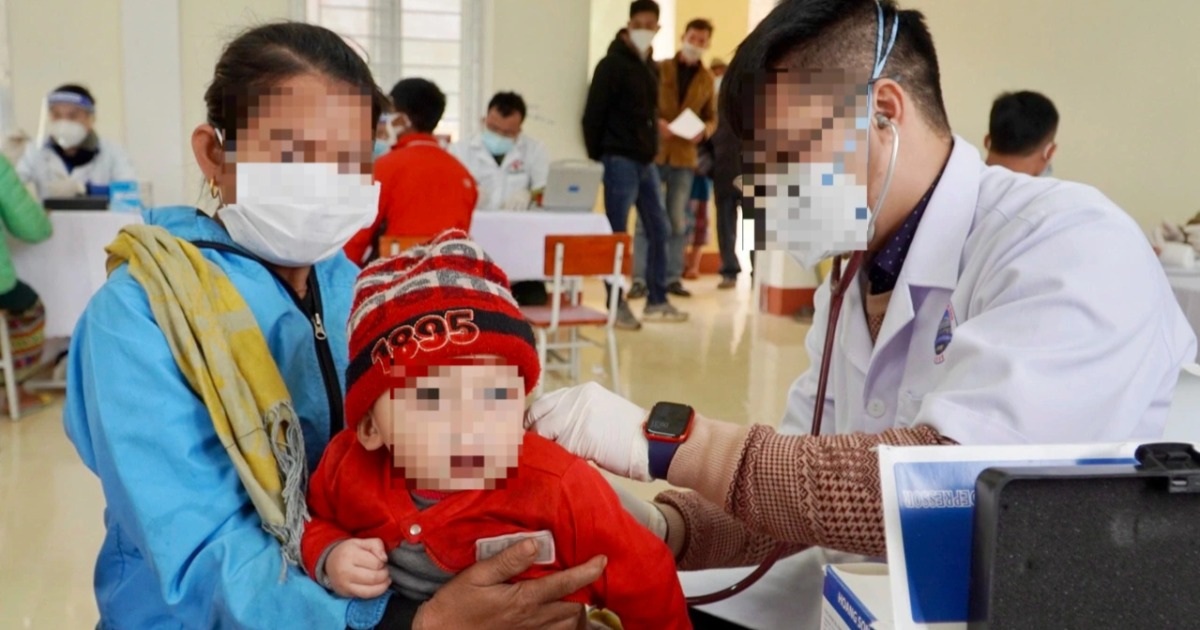


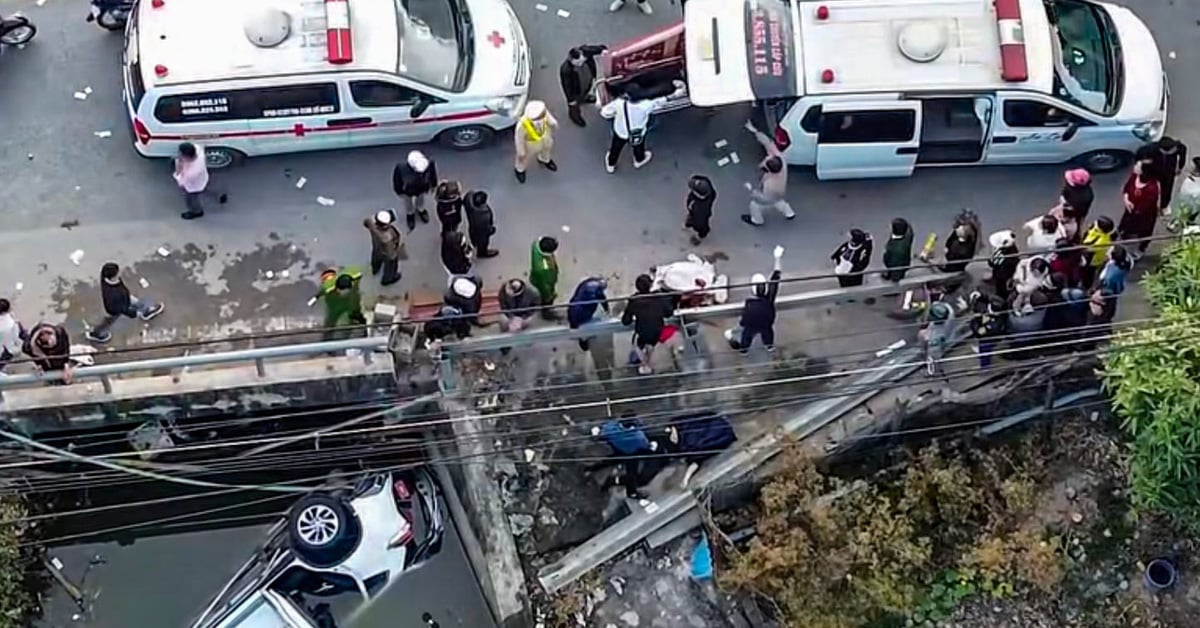

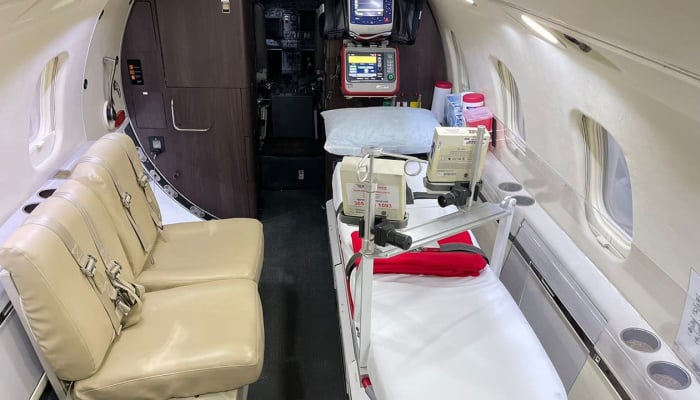

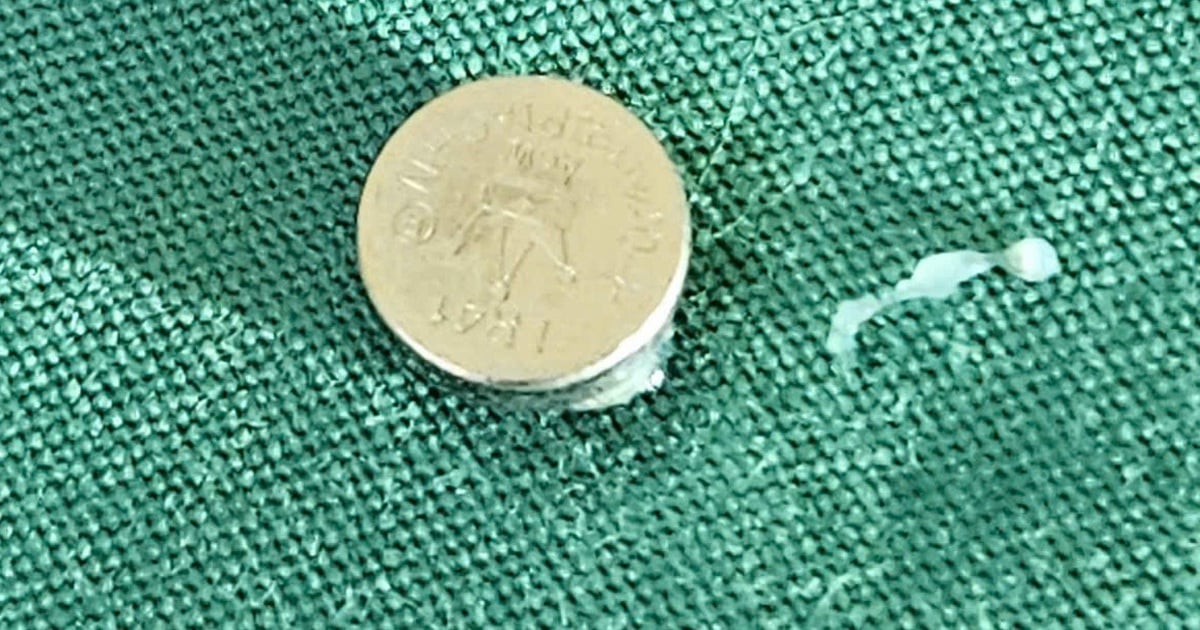
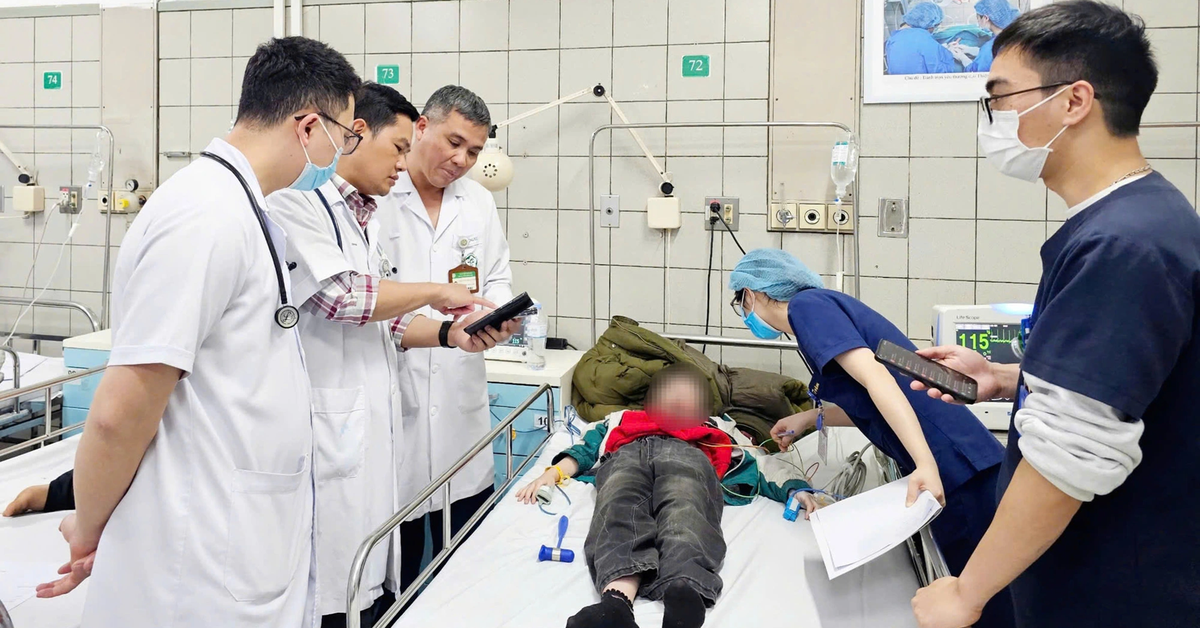

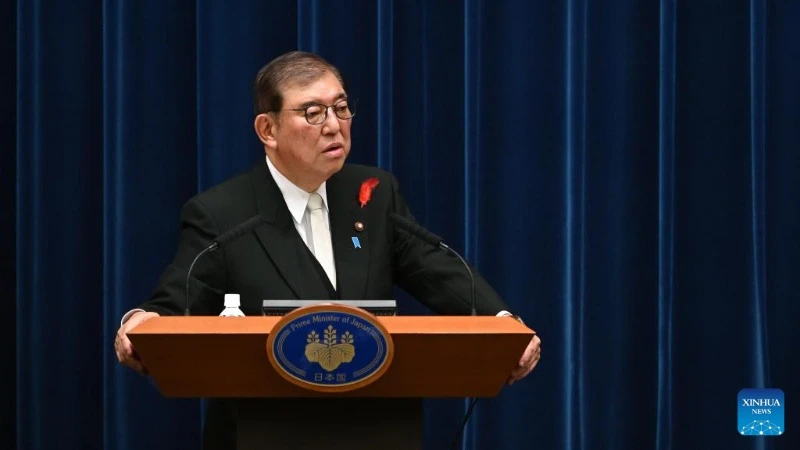







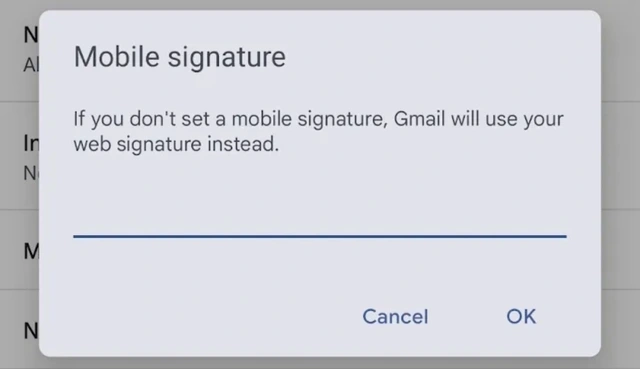
















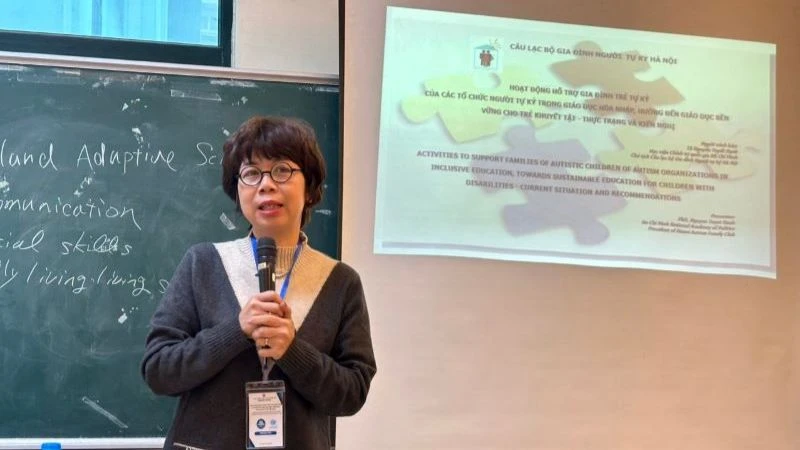





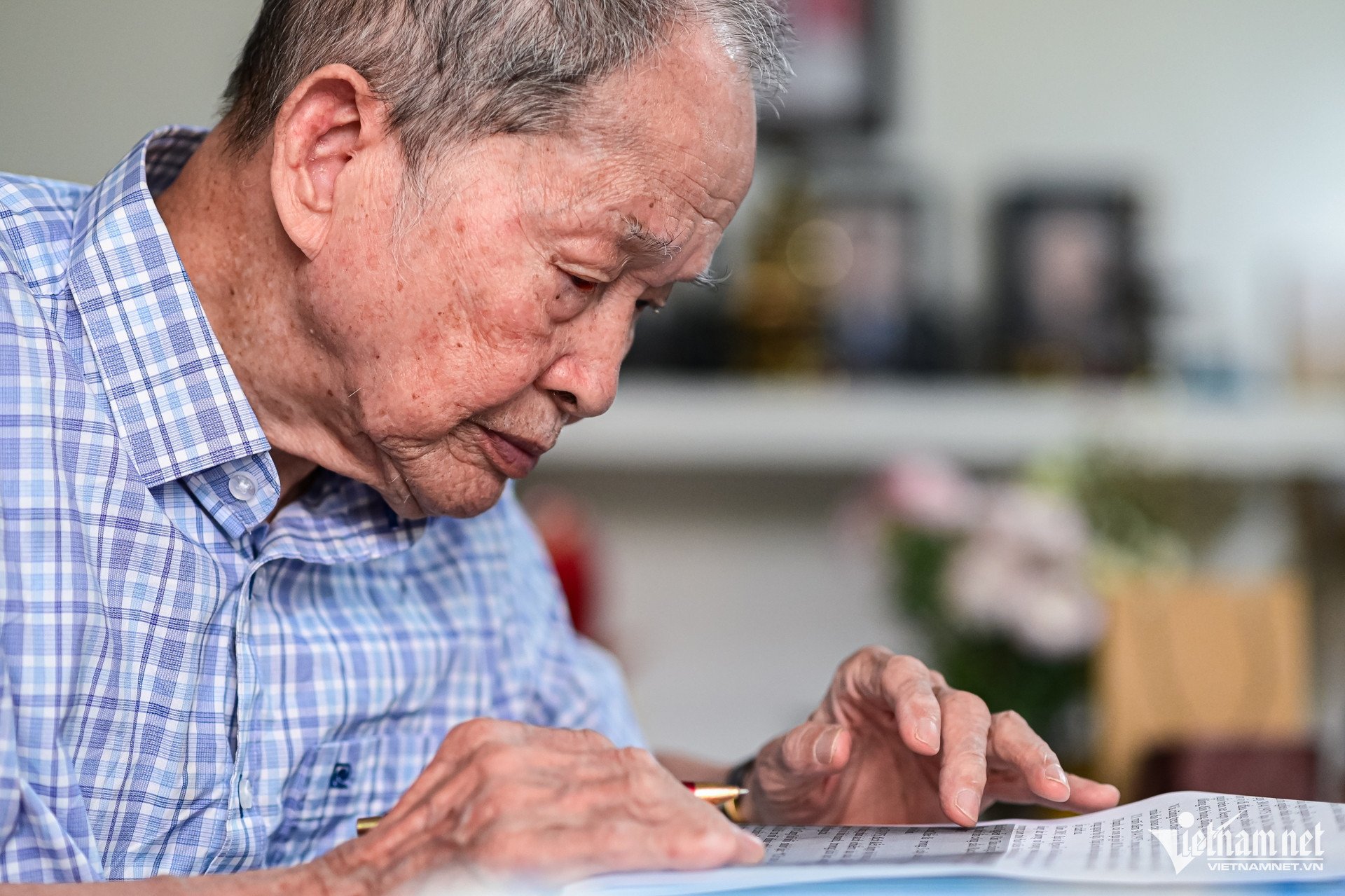
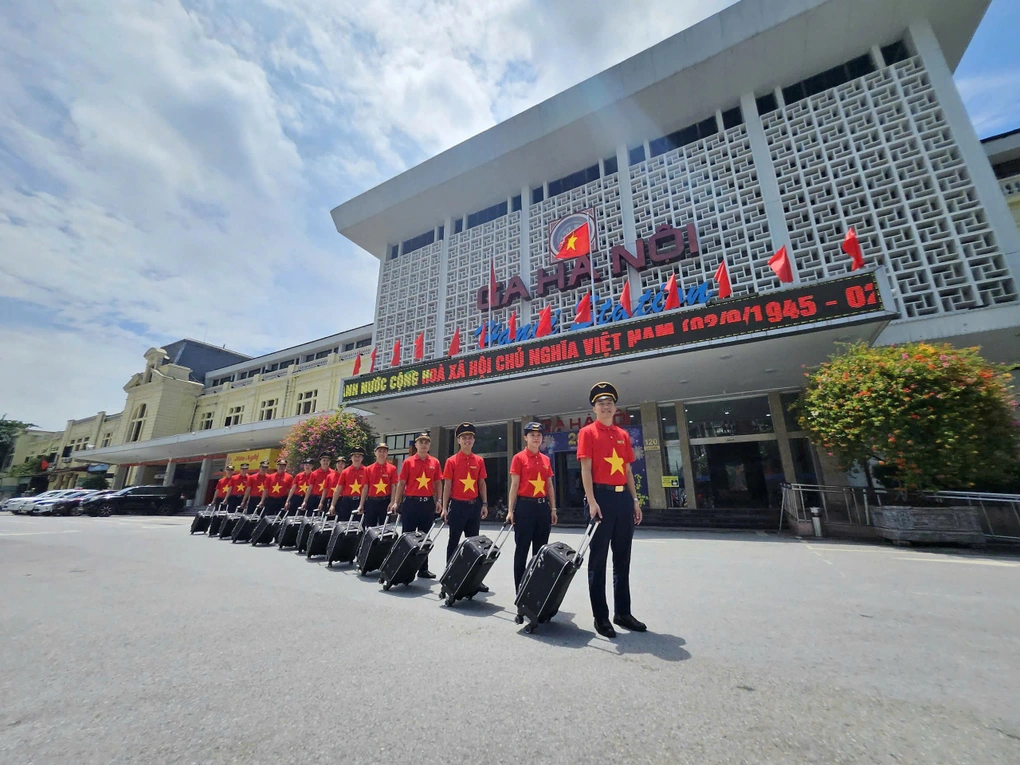



















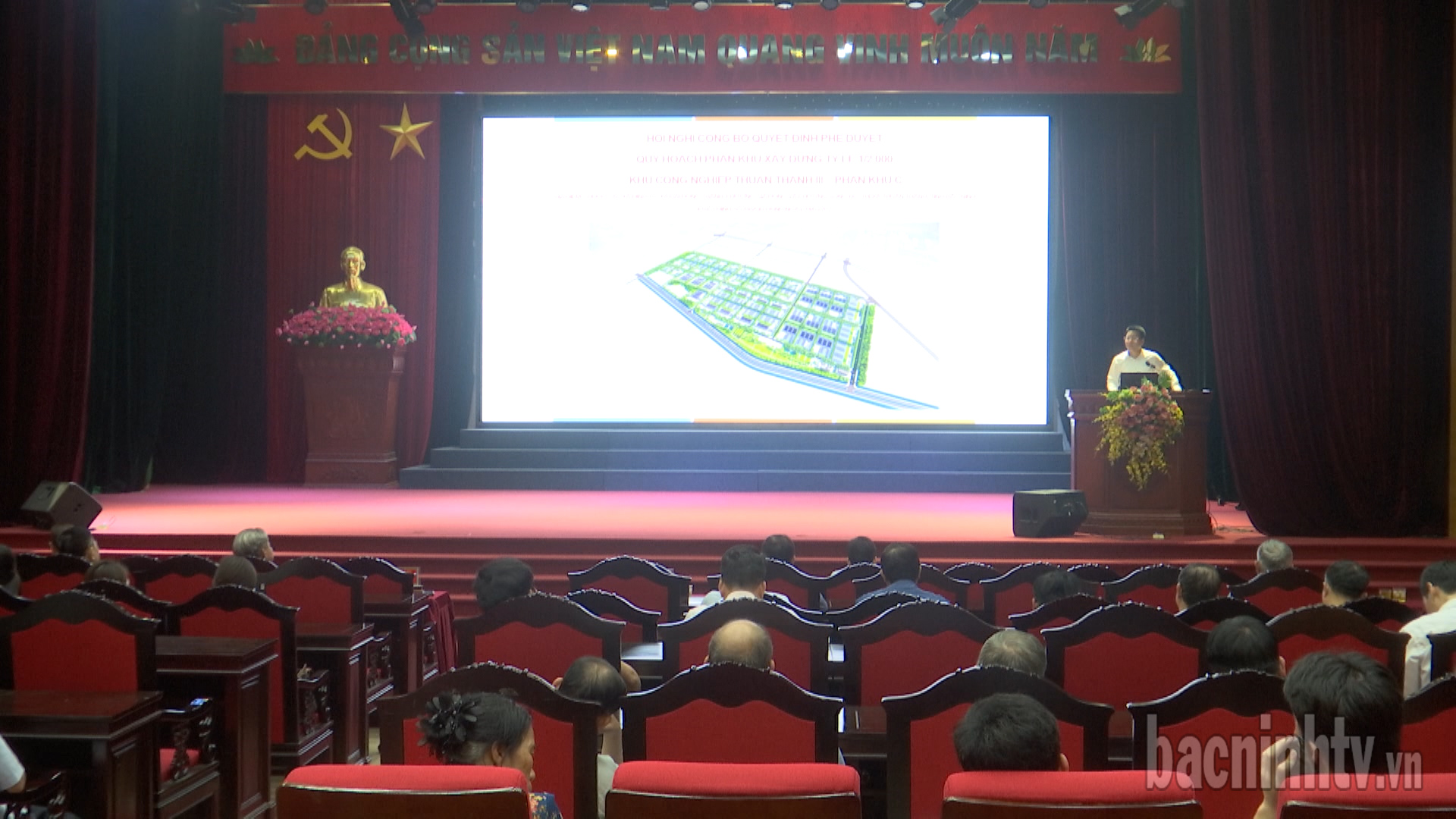
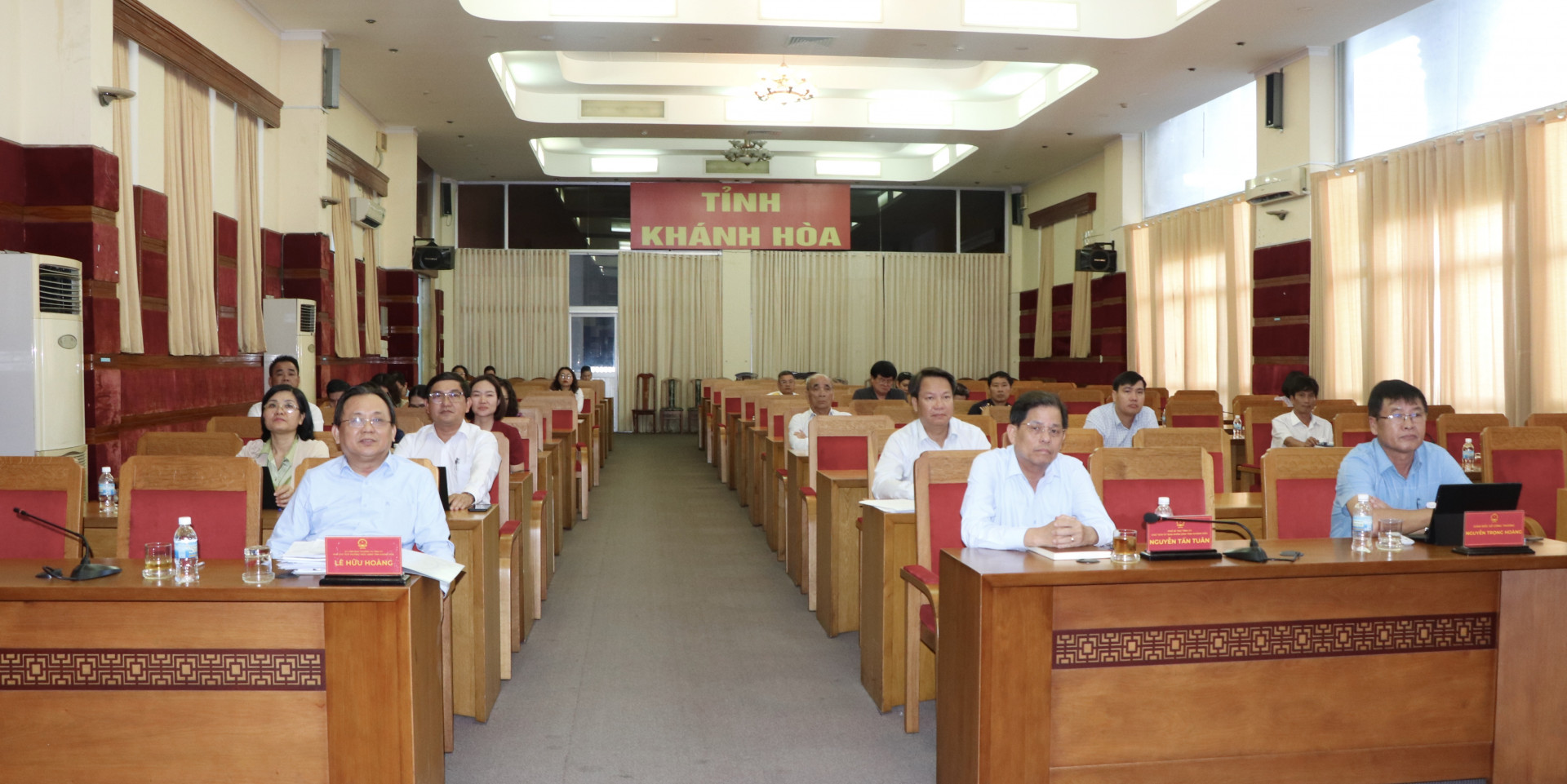













Comment (0)